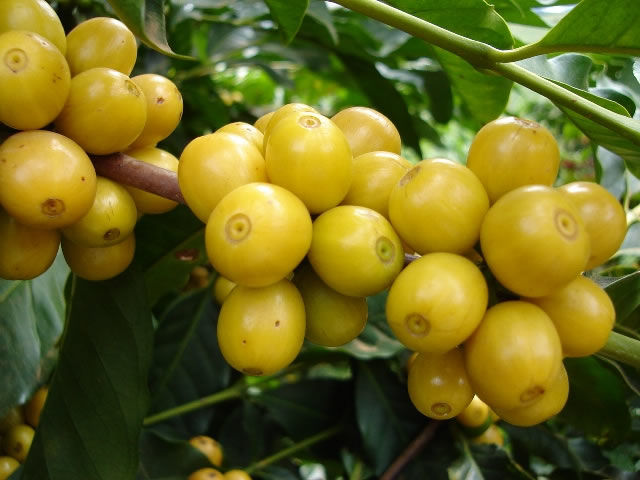How to mix Italian coffee beans in a cafe? coffee blending skills are necessary for baristas.
For professional baristas, please follow the coffee workshop (Wechat official account cafe_style)
In the jargon of the coffee industry, only stir-fry raw beans from a certain area and brew them. This kind of coffee is called pure coffee, which is not to say that pure coffee cannot be tasted. As long as you like its unique flavor and personality, tasting pure coffee will be a top enjoyment. However, by mixing different pure coffee, the flavor of coffee can be changed. Although you can't taste each coffee individually, it can create a new and diverse sense of coffee taste because of the mixing method.
Before mixing coffee, we must understand an important premise, that is, even if it is a pure product, we should use good coffee beans, not only consider whether the coffee beans are high-grade products, but also pay more attention to the appearance, size, color, luster, cracks or insect bites and so on. After strict selection, the mixed coffee will become a good cup of coffee.
When mixing coffee, you can first learn about three very preliminary coffee bean mixing methods.
First, first determine the basic coffee beans to be used when mixing, use this coffee bean as the center, and further choose other kinds rich in personality to reconcile the overall flavor.
Second, you can try to combine coffee beans of the opposite nature, which can add a more special aroma of coffee.
Third, combine beans with similar properties and integrate them, and then further select beans rich in various flavors to add special aroma to the whole coffee.
In order to actually use these combinations, you must first understand the flavor of dozens of individual coffees. Here are several representative mixing proportions. Of course, you can also challenge yourself to try to find out the proportion you like.
First, sour mixed coffee blending: 30% in Colombia, 30% in Brazil, 20% in Guatemala and 20% in Mocha.
Second, the general mixed coffee blending method: Colombia 40%, Brazil 30%, Mocha 20%, Robusta 10%.
Third, bitter mixed coffee blending method: Colombia 30%, Brazil 30%, Kilimanjaro 20%, Robusta 20%.

Important Notice :
前街咖啡 FrontStreet Coffee has moved to new addredd:
FrontStreet Coffee Address: 315,Donghua East Road,GuangZhou
Tel:020 38364473
- Prev

The professional knowledge that baristas must master how to choose coffee beans at the cafe bar
Communication of professional baristas Please pay attention to Coffee Workshop (Wechat official account cafe_style) Coffee is one of the favorite drinks of many people, and the changes in diversity also make it attractive. There are all kinds of coffee all over the world, each of which has different taste and flavor. If the carefully brewed coffee is different from your own preferences, no matter how good the coffee will be.
- Next

Simple coffee drink formula sharing suitable for ordinary cafes
The exchange of professional baristas please follow the coffee workshop (Wechat official account cafe_style) mocha coffee shows a strong New York flavor in a small cup. Preparation method: add 20ml chocolate syrup and very strong deep-fried coffee to the cup, stir well, add 1 tablespoon cream to float on top, peel some chocolate powder for decoration, and finally add some cinnamon.
Related
- What documents do you need to go through to open a coffee shop? coffee shop coffee shop certificate processing process
- How to purchase Coffee beans in small Cafe how to choose a suitable supplier for domestic Coffee supply Company
- How to drink Starbucks Fragrance White Coffee? how to make Australian White Coffee? what Italian coffee beans are recommended?
- The Story of Flora Coffee: the name of Flora Coffee Bean and the implication of the Flowers on Florna Coffee
- How much does a cup of coffee cost? How much is the profit of a cup of coffee? What is the profit of the coffee shop in a year?
- Yunnan small Coffee, known as "fragrant Coffee", introduces the characteristics of Alpine Arabica Coffee producing areas in Yunnan, China
- 2023 latest Starbucks full menu price list how much is a cup of Starbucks coffee what is better to drink the most popular hot and cold drinks recommended
- Starbucks different kinds of Coffee Price list Starbucks menu 2023 Top Ten Best drinks in Starbucks
- Starbucks Spring praise Comprehensive matching Coffee Bean theme Story Packaging implication and taste description
- The cost of a cup of coffee latte American coffee cost price and selling price

